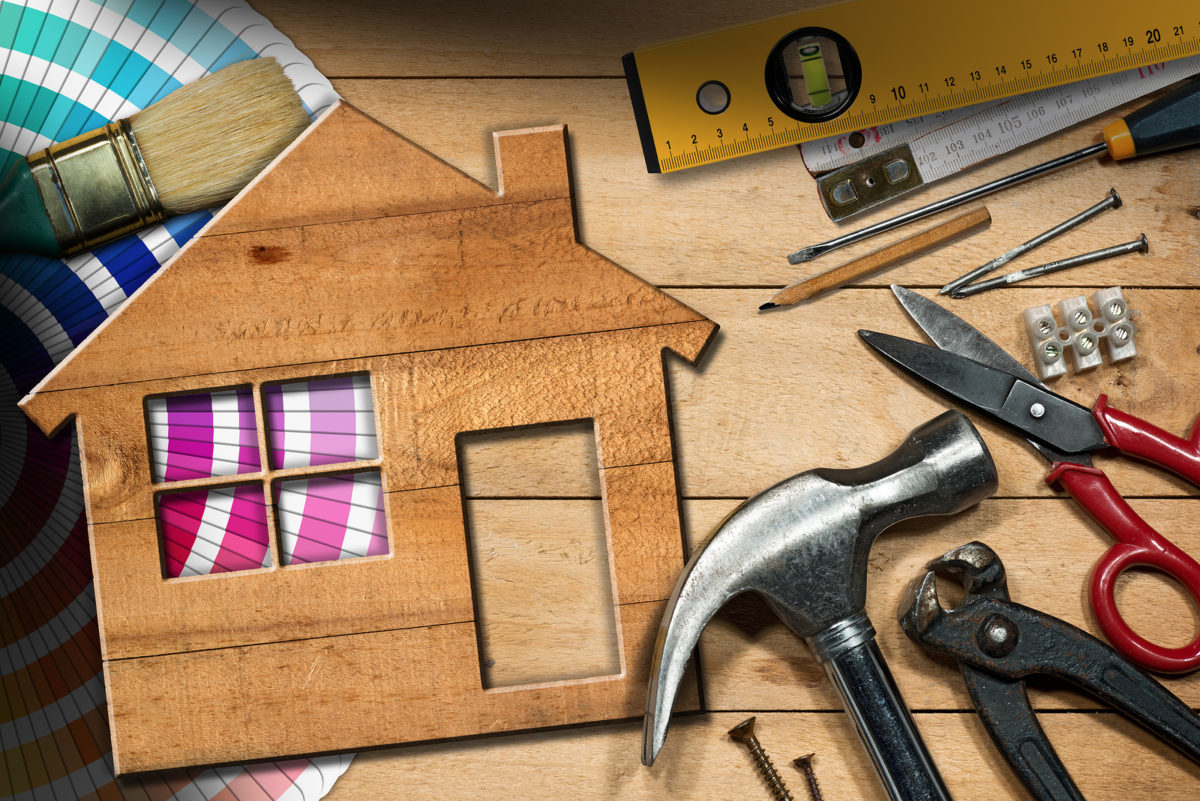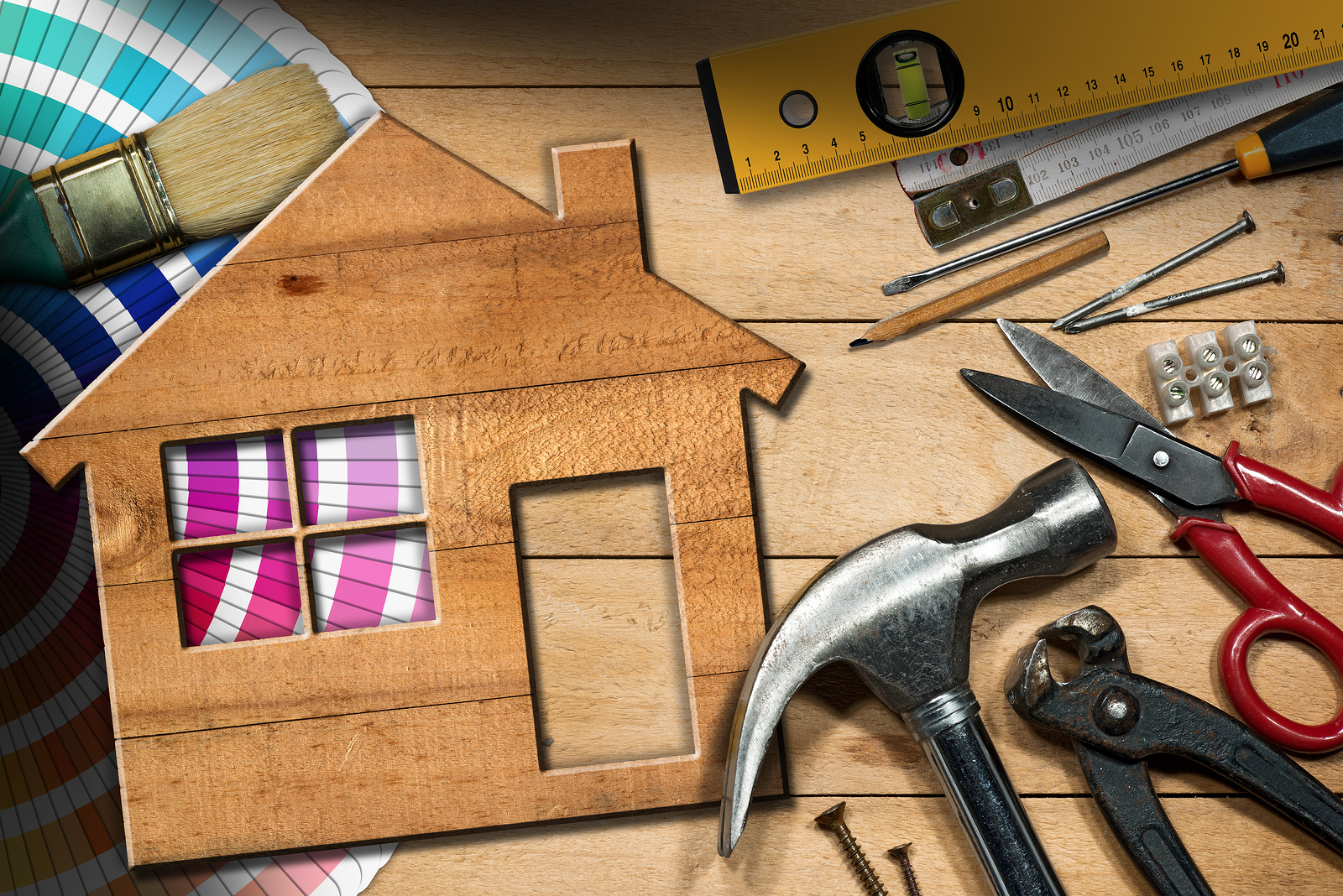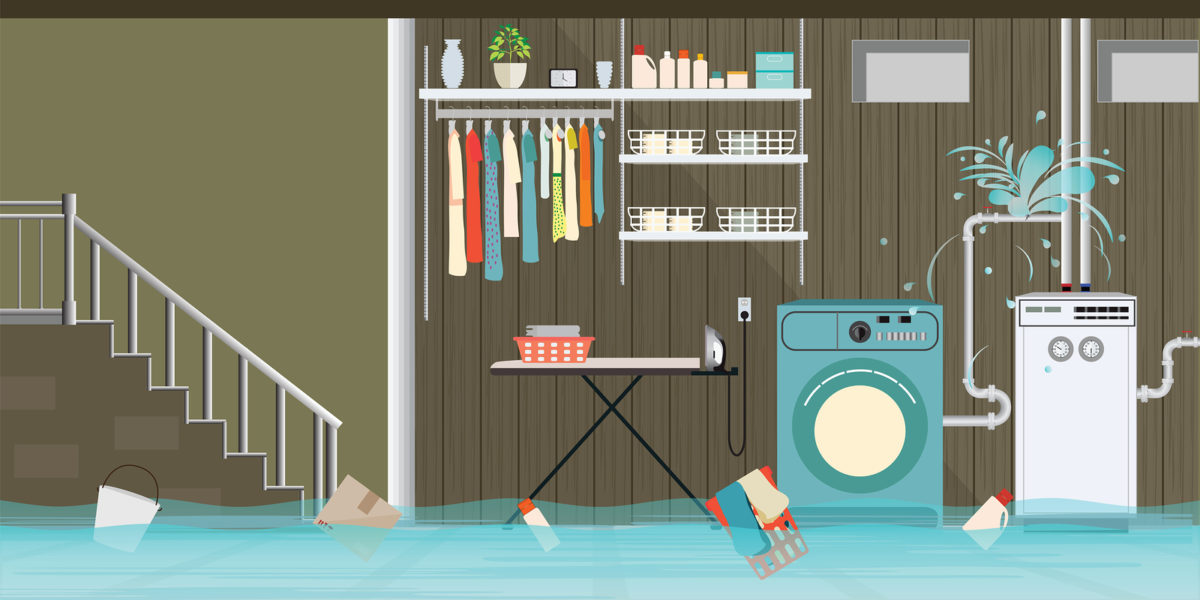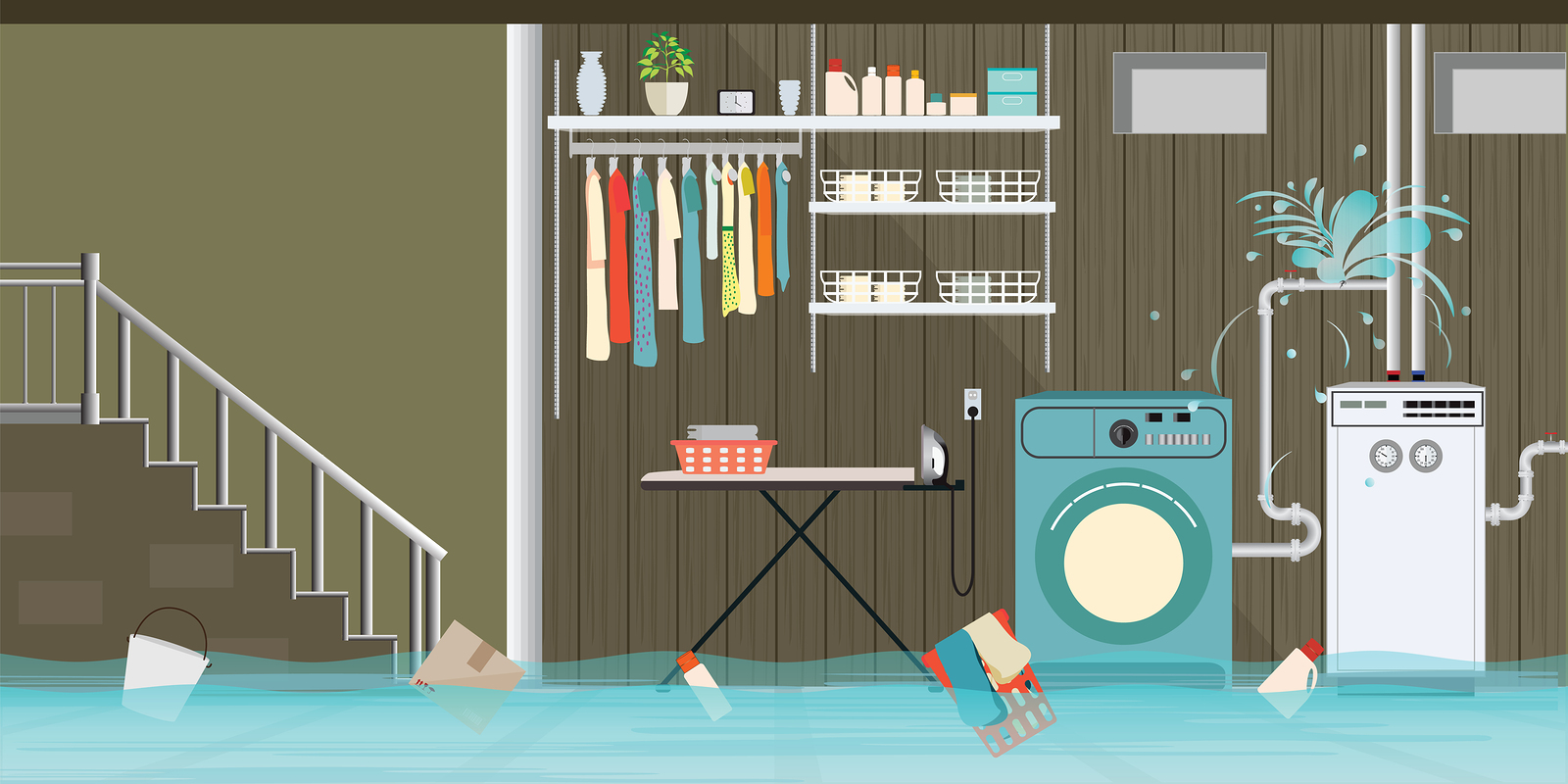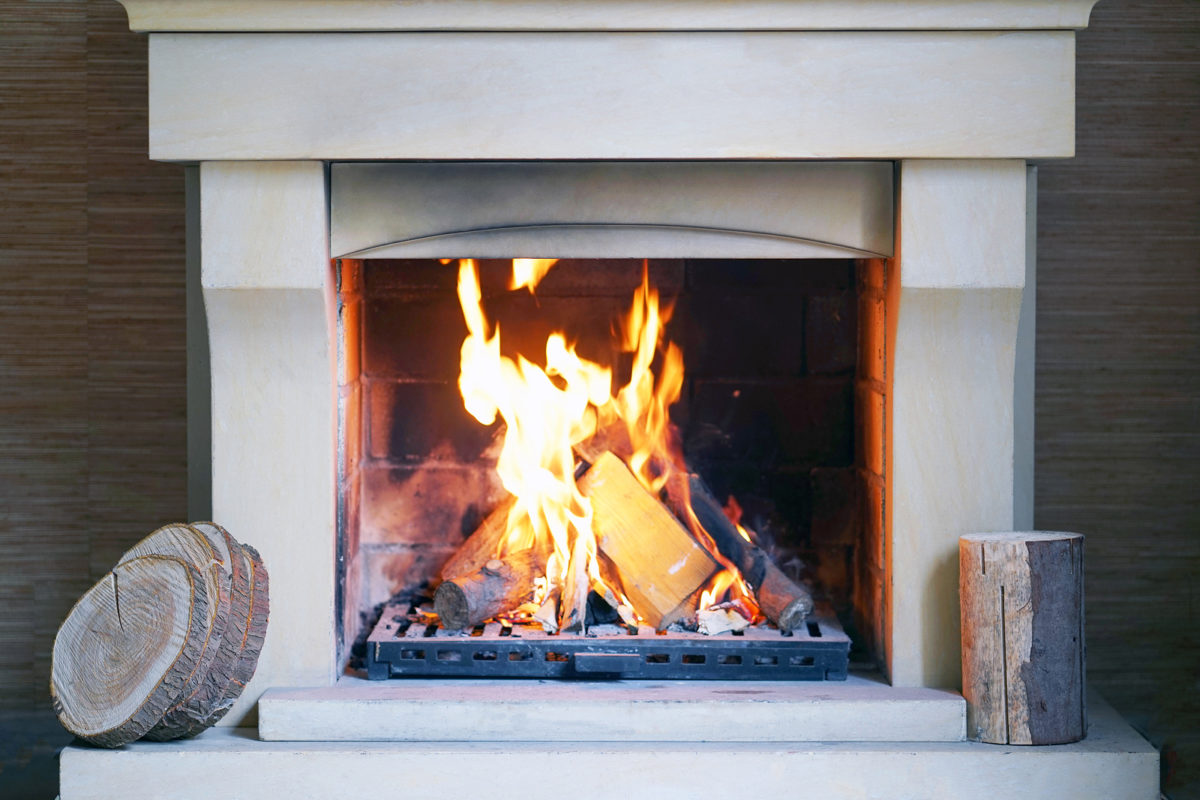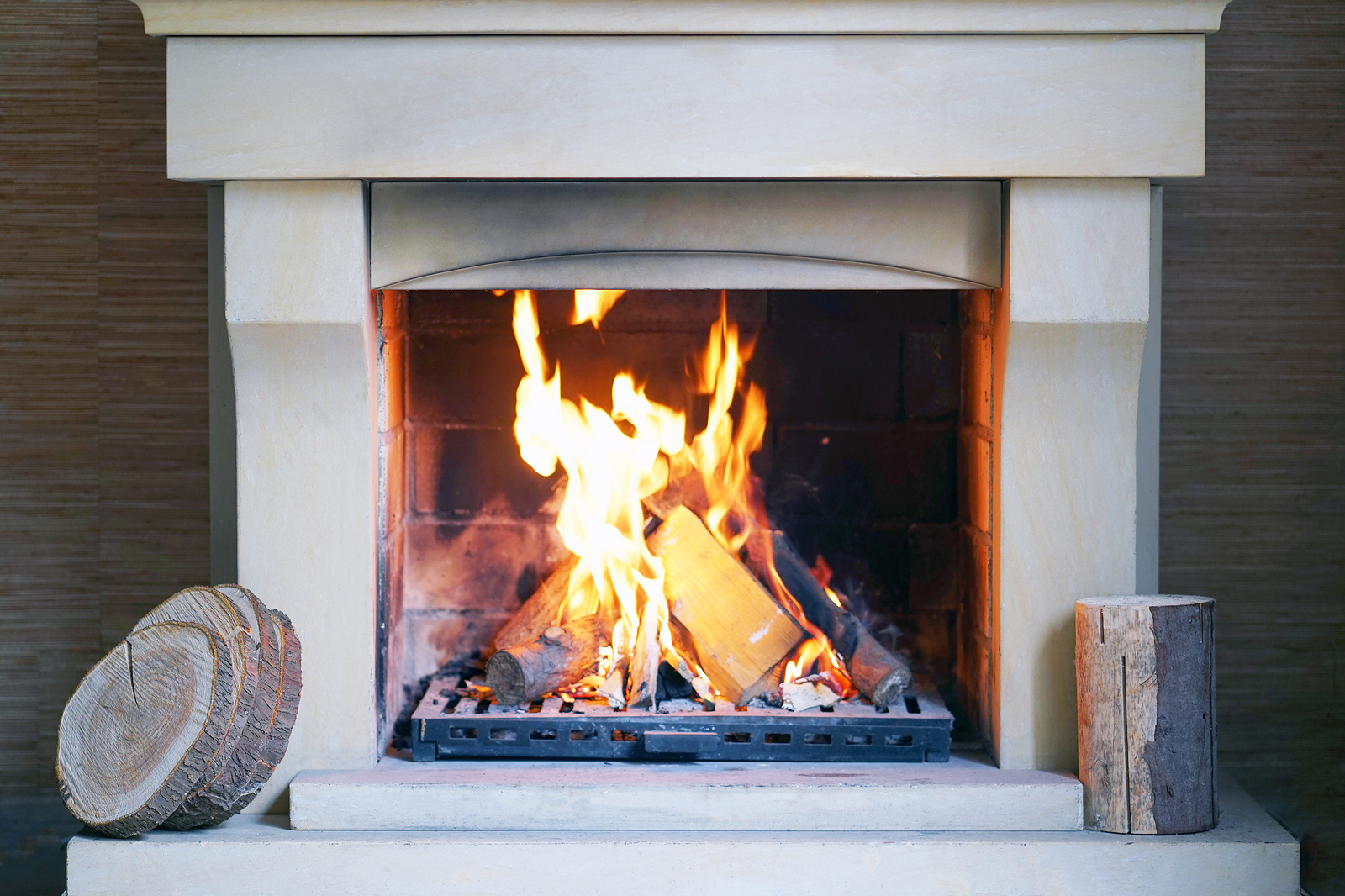
Our clients often tell us that it was their dinky kitchen that prompted their decision to sell their condos to buy a house. While the kitchen may not be the “hub” of a home any longer, it is the room that most Americans spend the most time in, according to the Bureau of Labor Statistics.
And, those with tiny kitchens end up spending even more time in them. From meal preparation to clean-up, everything is more challenging when there is minimal storage and work space.
We’ve scoured advice from home décor and design experts to come up with ways for you to ease that cramped feeling in your kitchen.
Declutter
“If you’re the only one in your apartment and you wash everything by hand, you might not need to stock a few dozen glasses in your cabinets,” suggests Ayn-Monique Klahre, lifestyle editor at TheKitchn.com.
How often do you use a vase? Often enough to own a collection of them? Pare down these collections to two or three favorites and donate the rest to charity or have a garage sale.
When you rid yourself of the excess in your cupboards and on your counters, your small kitchen instantly feels less cramped.
Get tips on downsizing the clutter at apartmenttherapy.com.
Go up
Take a tip from your gardening friends – when life throws you a small yard, go vertical. Consider installing the following to the kitchen walls:
- Magnetic knife strips (out of the reach of little ones, of course)
- Hooks for everything from towels to small kitchen implements
- Hanging pot racks (think of the cupboard space you’ll free up)
- Shelves to hold anything from your dinnerware to vase collection
“You could free up whole cupboards by hooking everything and anything that has a handle,” suggests Laura Wheat at Houzz.com.
You can even go vertical within the kitchen’s cupboards, creating even more space, according to Regina Yunghans at TheKitchn.com.
She suggests storing common kitchen items, such as cupcake and other mold-type tins, baking sheets and racks “standing up instead of lying down.”
Check out the photos on the website for ideas.
A final thought on going vertical: If you can afford new cabinetry, ditch yours if they don’t go completely to the ceiling. That’s wasted space up there that could be put to better use.
Install “drawers” in deep cabinets
Even the tiniest of kitchens has an under-the-sink cabinet and it’s typically quite deep. Which means, the back of it holds rarely-used items. Consider installing slide-out drawers, like these from Home Depot.
You’ll find this same concept for use in your pots and pan cupboard at Amazon.com.
Of course you could go even thriftier by using bins or baskets instead. These can be slid out of the cupboard to find what you need. Amazon.com offers solutions in both wire and plastic. Get ideas on how to use these containers at GoodHousekeeping.com.
If you fancy yourself an ace DIYer, check out The Family Handyman’s walkthrough of how to build your own “kitchen sink storage trays.”
Invest in new lighting
Even if you have lots of natural light in your dinky kitchen, consider adding under-cabinet lighting.
“The light will fill in the shadows under the cabinet and reduce the contrast, giving the impression of a larger kitchen,” Dave Lincon, Director of product management and business development for Sears Home Services tells BobVilla.com’s Glenda Taylor.
Under-cabinet lighting solutions range from hard-wired to battery-operated to those you plug into an outlet. For the latter, check out these at Amazon.com. You’ll also find a large selection of all varieties at Lowes.com and HomeDepot.com.
Wall colors
It may be boring, but white is the best paint color for a small kitchen, according to Ann Wilson at bhg.com. “White walls, ceilings, and backsplashes reflect light and make the perimeter of a small kitchen recede, which causes the room to appear larger,” she suggests.
She goes on to suggest that you add a splash of robin’s egg blue and cheery yellow in accessories (or even one accent wall or pantry door) to bring a bit more interest to the room.
Regardless of how tiny your kitchen is, it doesn’t have to feel cramped. Find solutions to help you feel less claustrophobic so you can enjoy the time you spend in the kitchen.

